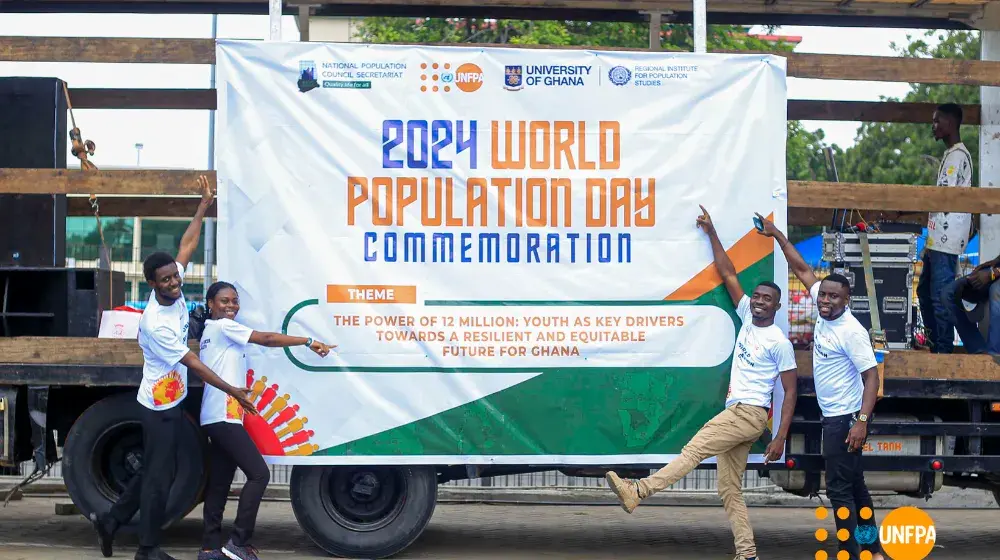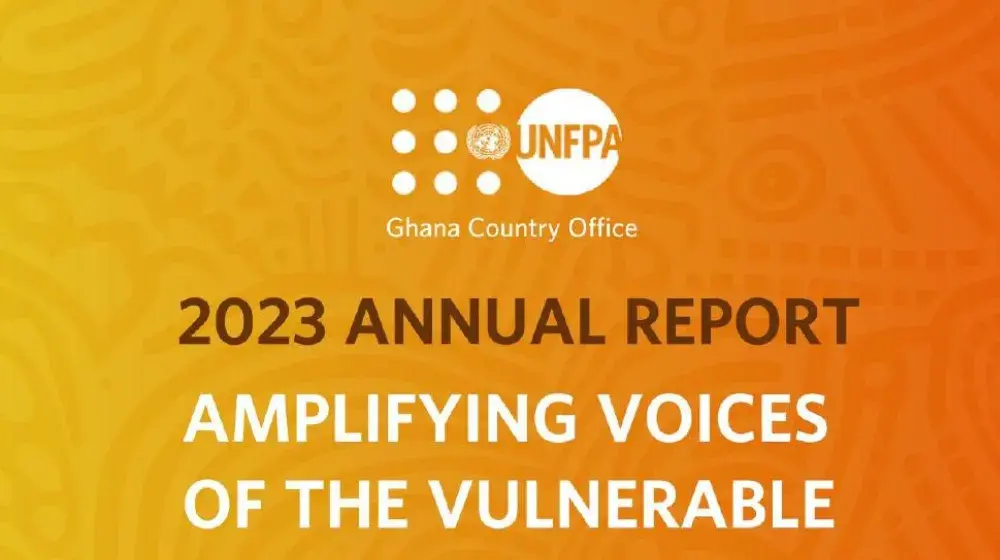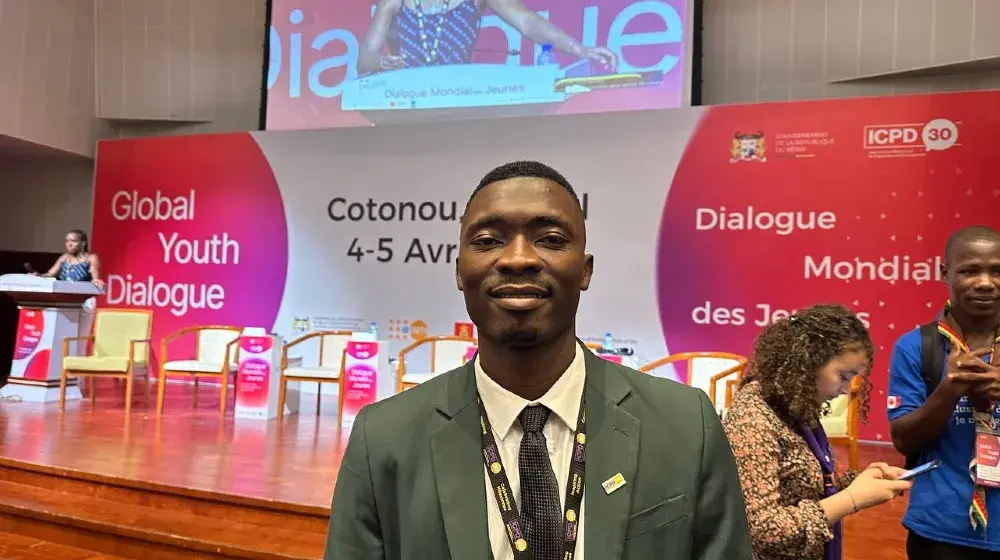Ghana is characterized by the UNAIDS classification scheme, as a low-level generalized HIV epidemic country with the prevalence that consistently exceeds 1% among pregnant women. The prevalence rate of high-risk behaviors such as low condom usage as well as often secretive and stigmatized multi-partner sexual activity contributes to the spread of HIV and other Sexually Transmitted Infections (STIs).
UNFPA has over the years supported many CSOs and youth-led organizations to reach out and to sensitize the population with activities to reduce HIV stigma and preventive actions. In order to sustain the gains made in the area of HIV, young people were engaged to brainstorm and also strengthen their capacities to provide standardized robust HIV Prevention messages for both in-school and out-of-school settings.
Speaking at the program, Ms. Adjoa Yenyi of UNFPA bemoaned the current trend of HIV among young people and adolescents. She noted that though funding may have dwindled due to an improvement in handling the disease, more resources were needed to reduce new infections among young people and adolescents. She therefore tasked youth leaders to ensure that with the little funding available, strategic interventions be proposed to maximize output.
A presentation by Dr. Akosua Baddoo, Head of Clinical Care at the National AIDS Control Programme gave an overview of adolescents affected by HIV globally and in Ghana. She reiterated some issues which included a gradual increase of infections among the age bracket, difficulty in accessing HIV treatment, challenge in access and adherence to ARTs and low testing rates for HIV, especially among males. She added that it was extra challenging preventing HIV in countries with low prevalence such as Ghana due to the challenge in identifying people who were infected.
According to these young HIV advocates, some of the challenges they encounter on the field includes cultural and religious barriers, low support from community stakeholders, and lack of disaggregated data for effective, evidence-based advocacy.
Ms. Doris Ocansey of Ghana Health Service emphasized the need for more attention to be given to adolescents infected by HIV because of their vulnerability due to all the changes happening in their bodies and stigma attached to having HIV. She recommended that boys should be included in SRH interventions, data must be available to highlight the need for more investment, and provision of support for newly infected adolescent to help them psychologically.
Art fairs, use of adolescent champions and school clubs, social media, engaging influencers, graffitis, leveraging on current SRH apps like YMK App, gamefication and other forms of entertainment such as football are some effective avenues for sending HIV messages.
To accelerate advocacy on HIV prevention and awareness, developing new interventions and messages are vital. For young HIV advocates, they believe that these messages on HIV education will help reduce the stigma.




